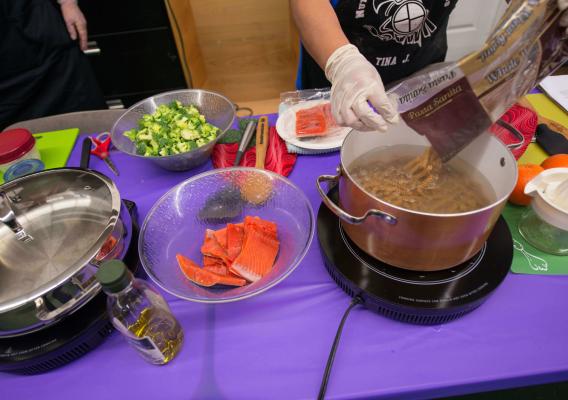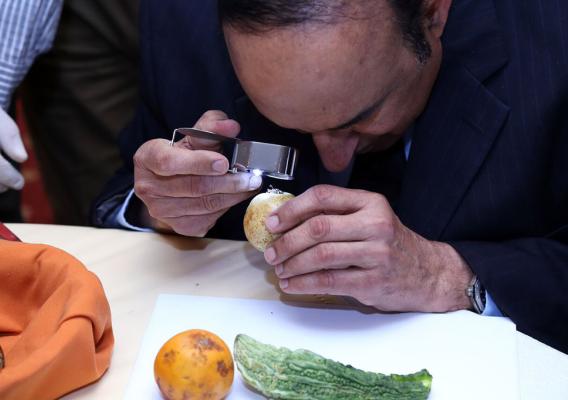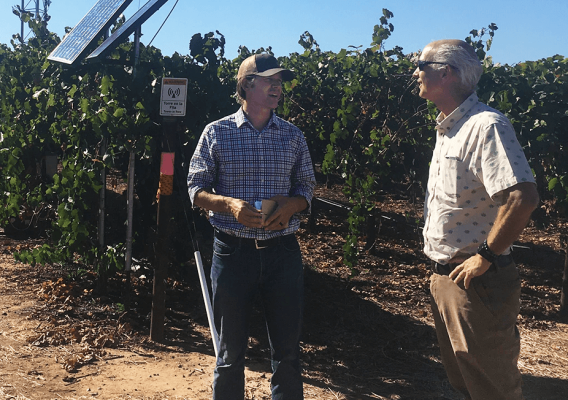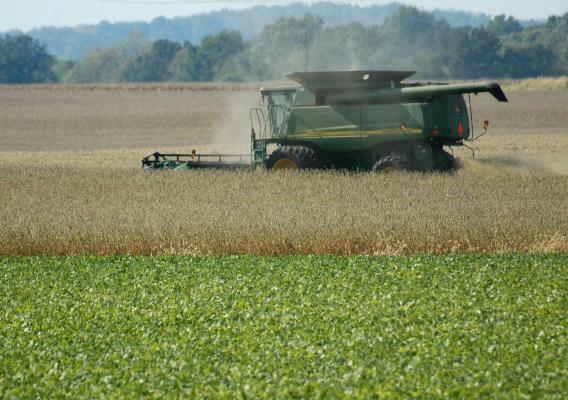Last year, as COVID-19 rattled the world economy and disrupted trade flows, agricultural trade remained mostly stable, falling only two percent during the initial wave of infections and lockdowns, before bouncing back and ending the year up 3.5 percent. But the growth in agricultural trade doesn’t mean that trade flows were insulated from the effects of the pandemic. Much of 2020 was in fact shaped by other factors. For instance, 95% of global agricultural trade growth came from China and was driven in part by non-pandemic related factors of increased feed demand, efforts to restock grain reserves, and policy factors. A recent paper by USDA’s Office of the Chief Economist, Has Global Agricultural Trade been Resilient under COVID-19? Findings from an Econometric Assessment (PDF, 1.4 MB) (Arita et al.), suggests that while agricultural trade remained stable at the aggregate level, a deeper empirical analysis reveals there were still significant disruptions due to the pandemic.










